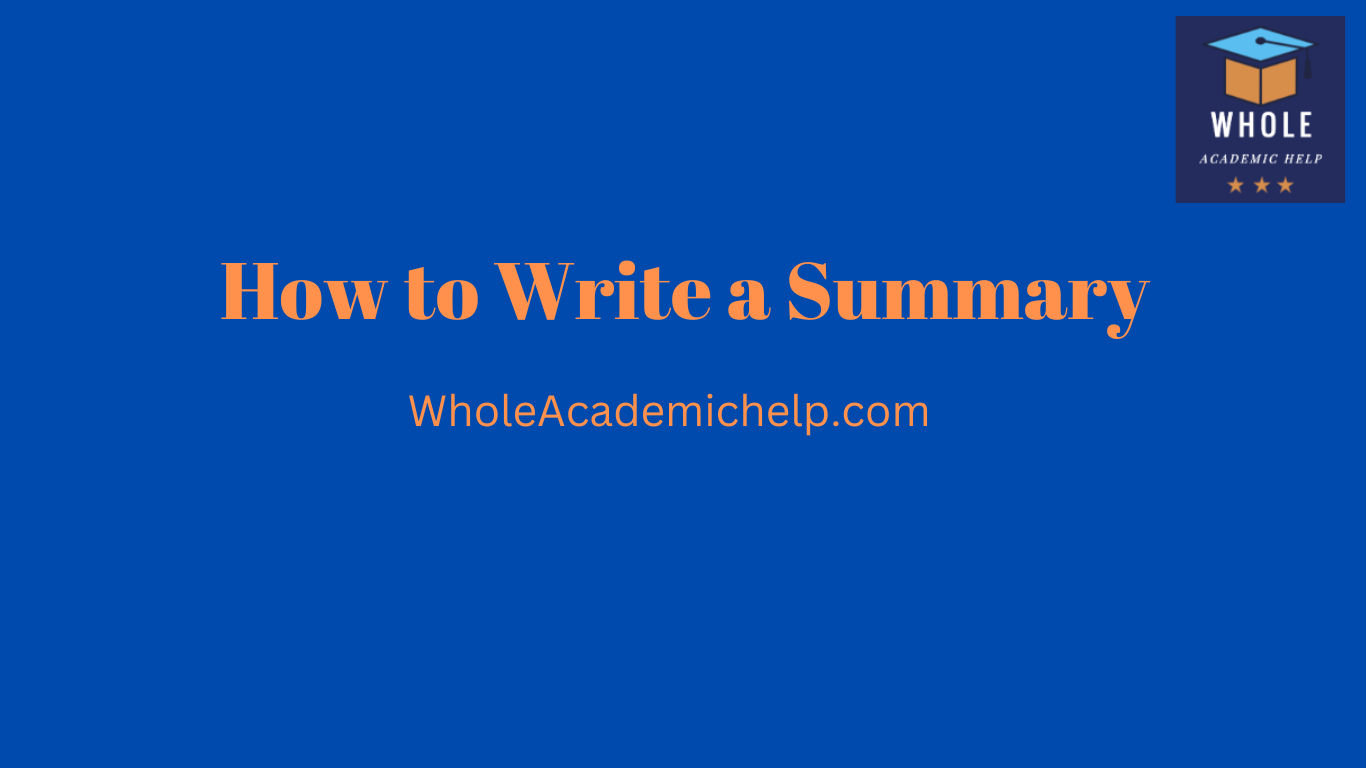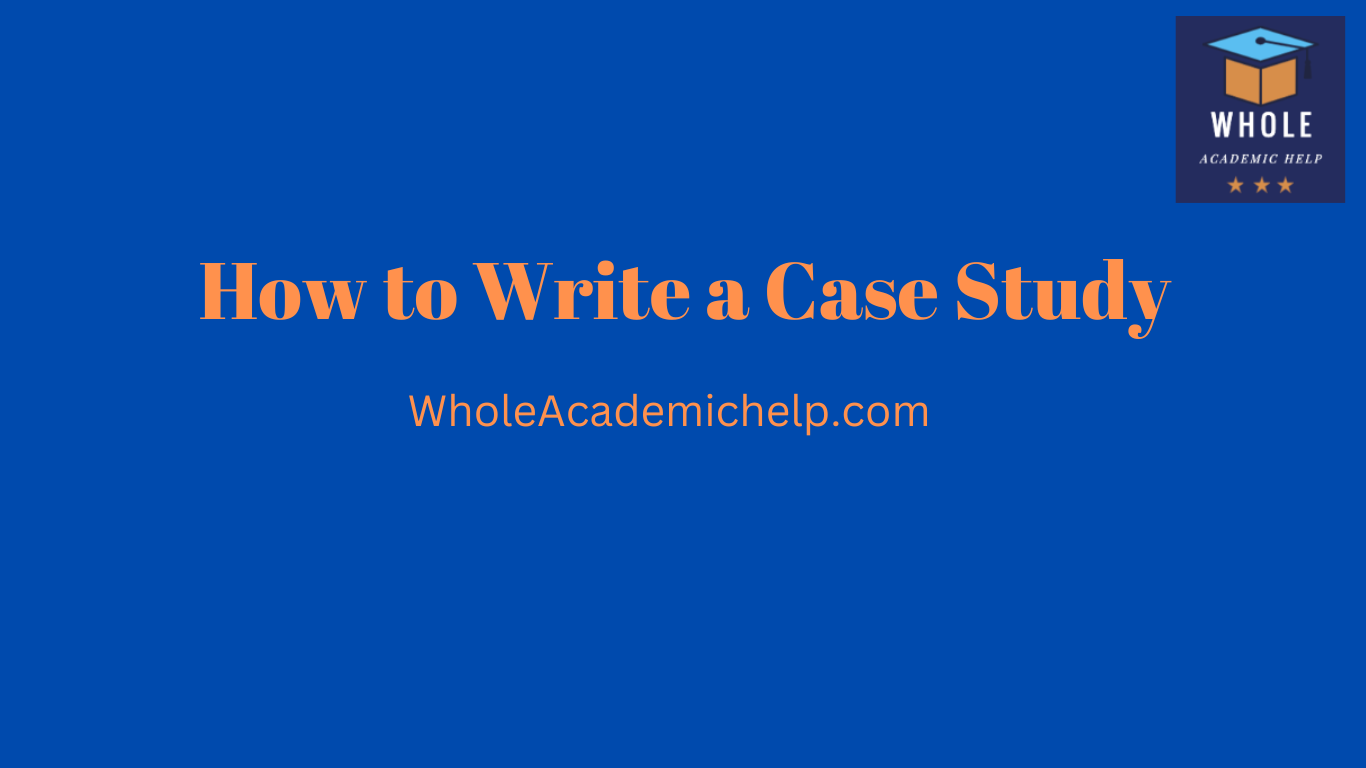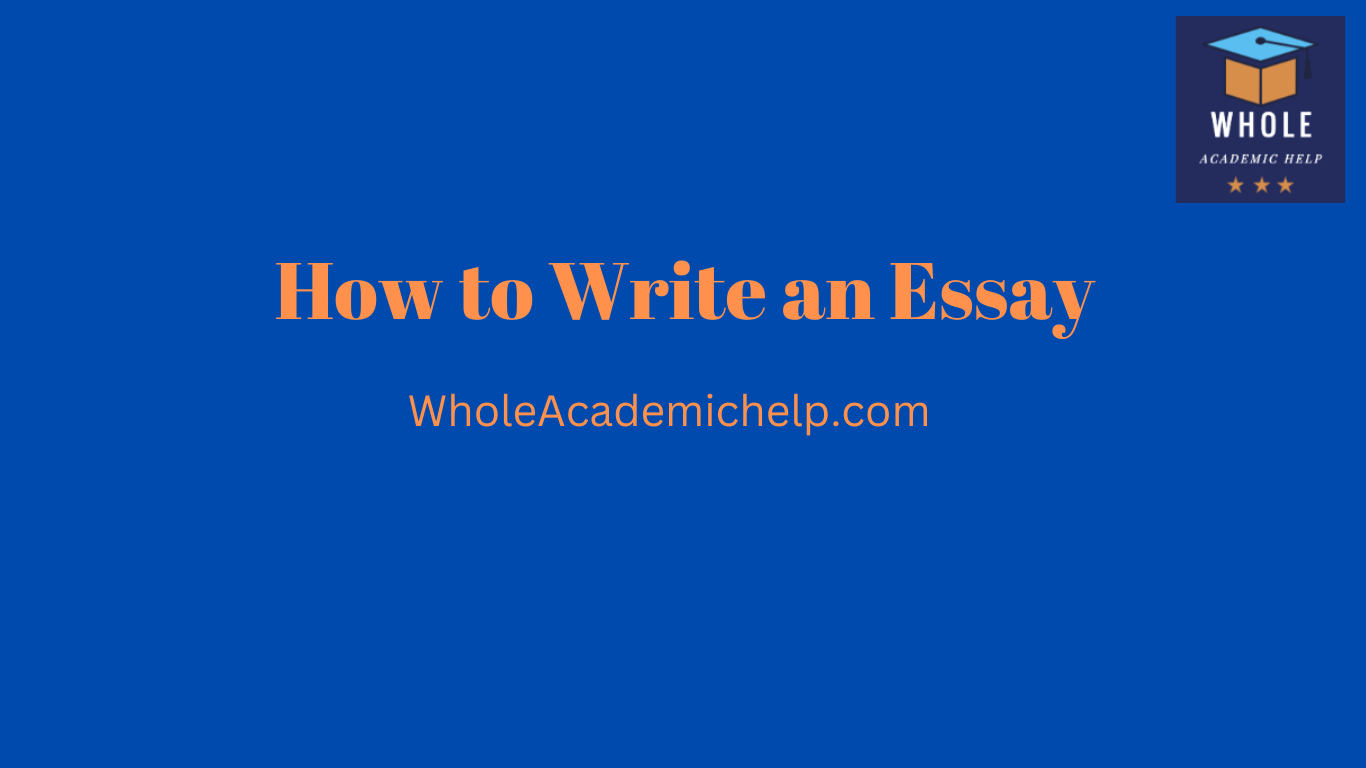How to Write a Summary?
With an extraordinary summary, you can consolidate a scope of data, providing readers with a collection of the main pieces of what they’re going to read. An elegantly composed summary gives an essential comprehension of a piece of writing, idea, history, media, or more. Study how to write a summary for a laid out work.
What is a Summary?
A great summary is a concise summarisation of a bigger work that gives the readers an exhaustive comprehension. To compose a summary, a great writer will accumulate the principal thoughts of an article, subject, essay, any program, or video they’ve perused or watched and gather the focal thoughts into a short outline.
Summaries give a shortened depiction of one more work as a section, giving sufficient detail so the reader figures out the subject of the summary, while featuring the summary writer’s very own interpretation of the topic.
What are the Types of Summary?
There are two essential types of summary:
- Descriptive, and
- Evaluative
Similarly as with many types of summary writing, not all summaries will fit flawlessly into one of these types, yet these depictions can assist you with knowing where to begin while writing a summary.
When are these Types of Summary be Used: Descriptive, and Evaluative
1. Descriptive Summary
A great writer utilises a clear descriptive summary when the person needs to acquire and communicate a comprehension of what the writer said in the first text.
2. Evaluative Summary
A top-class great will pick an evaluative summary type when the person needs to inspect the first text for helpfulness, legitimacy, strength of contention, or other significant components.
What are the Best Tips to Write a Great Summary?
5 best tips to write a summary:
- Read the text/article properly
- Separate the text of an article into segments
- Distinguish the main issues in each part
- Compose a summary for your article
- Take a look at the summary opposed to the article
When to Start Writing a Summary?
Just after you complete your arrangements for rehashing and framing your on-going work, the time has come to begin writing your summary. Begin by writing a sentence that gives general information for your article.
Be that as it may, it’s frequently fitting to summarise an entire article or section on the off chance that it is particularly pertinent to your own examination, or to give an outline of a source before you dissect or investigate it.
Regardless, the objective of summarising is to provide your reader with a reasonable comprehension of the first source. Follow the best 5 tips framed beneath to write a great summary:
1. Read the text properly
You ought to read the article at least a few times to ensure you’ve completely grasped it. Reading in three stages is frequently powerful:
- Examine the article rapidly to get a feeling of its point and in general shape.
- Read the article cautiously, featuring significant focuses and accepting short notes as you read.
- Glance the article once again to affirm you’ve grasped the central issues, and rehash an especially significant or troublesome section.
3 main assets you can use to recognise the article:
- Begin by reading the summary
- Focus on article’s main headings and their subheadings
- Read the presentation and the end together and analyse them
2. Separate the text of an article into segments
To make the text more sensible and comprehend its sub-focuses, separate it into more modest segments.
In the event that the text is a logical paper that keeps a guideline experimental construction, it is likely currently coordinated into plainly checked segments, generally including a presentation, techniques, results, and conversation.
Different kinds of articles may not be unequivocally partitioned into segments. Yet, most articles and expositions will be organised around a progression of sub-focuses or topics.
3. Distinguish the main issues in each part
Presently it’s time to go through each part and select its most significant focuses. What is it that your reader needs to be aware to figure out the general contention or finish of the article?
Remember that a great summary doesn’t include rewording each and every section of the article. You want to remove the fundamental focuses, leaving out whatever can be viewed as foundation data or advantageous detail.
In the event that the article takes an alternate structure, you would need to ponder what focuses are generally significant for the reader to grasp its contention.
4. Compose a summary for your article
The main issues that the article means to convey, you have to express them in your own particular way.
To stay away from counterfeiting and show you’ve perceived the article, it’s fundamental to summarise the writer’s thoughts appropriately. Try not to reorder portions of the article, not even a sentence or two.
The most ideal way to do this is to set the article to the side and work out your comprehension of the writer’s main issues.
5. Take a look at the summary opposed to the article
Yet again at last, read through the article to guarantee that:
- You’ve precisely addressed the writer’s work
- You haven’t missed any fundamental data
- The stating isn’t excessively like any sentences in the first
In the event that you’re summarising many articles as your very own component work, it could be smart to utilise a plagiarism checker to twofold make sure that your text is totally unique and appropriately referred to. Simply make certain to utilise one that is protected and dependable.
Must Read: How to Write a Bio
What is an Example of a Summary?
A summary, otherwise called a theoretical, summary, or summation, is an abbreviated variant of a text that features its main issues. “summary” derived from the Latin word, “sum”.
Example of a summary:
“John and Lio: Read a great story of a brother and sister who should utilise the guile to outmanoeuvre a shrewd witch aim on consuming them.”
In the start of the story, an extraordinary starvation clears across the land, passing on little food or assets in excess. John and Lio’s stepmother drive the youngsters into the forest and aim on passing them there to kick the bucket. Be that as it may, when John knows about her arrangement, he gathers a pocket loaded with white rocks, dropping them as a path for he and his sister as their stepmother endeavours her arrangement the following day. At the point when the team advances home, the stepmother chooses to bring them more profoundly into the forest. John takes a cut of bread with him, abandoning a path of breadcrumbs. This time, birds eat the pieces, annihilating the path back. John and Lio meander into a clearing, where they find a house made of treats. As they eat the house, the old lady who lives there to welcome them inside, where they find she’s not a liberal, old woman all things considered — she’s a witch with a specific preference for kids.
Must Read: How to Write a Case Study
Final Words
Driving the consideration of your readers is not unreasonably simple. Yet, a summary can make this simpler for you. It mirrors your ability and abilities as well as persuades the readers to read your whole article.
Regardless, in the event that you feel genuinely vigilant, contact the specialists of WholeAcademichelp.com who may do everything they possibly can to manage your queries.




